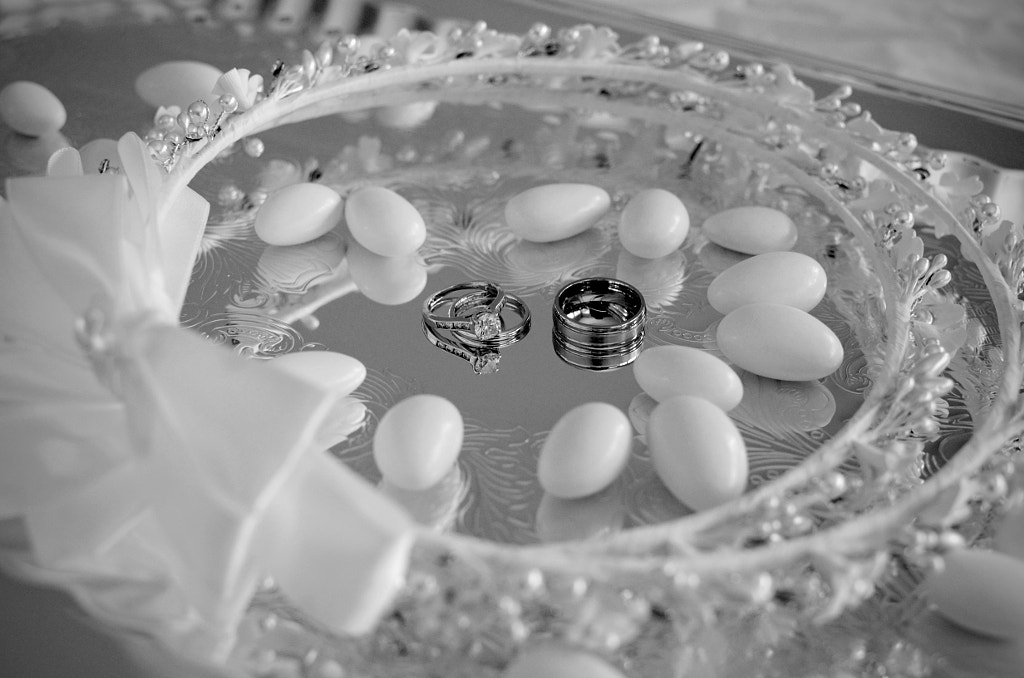“You’ve gotta dance like there’s nobody watching, Love like you’ll never be hurt, Sing like there’s nobody listening, And live like it’s heaven on earth.”
– William W. Purkey
Special Holy Friday …
In Sikhism, The Sikh Marriage Ceremony Is Known As The ‘Anand Karaj’ Meaning ‘Blissful Union’. The Four Lavan, (The Hymns Which Are Sung During The Ceremony) Were Composed By Guru Ram Das. The Ceremony Itself Was First Introduced By His Predecessor Guru Amar Das.
Sikh Weddings Pre And Post Wedding Ceremonies Can Span Over Several Days.
What God has joined together, let no one separate.
— Gospel of Matthew ‐ 19:6
The Anand Karaj, the Sikh religious wedding ceremony, carries a variety of traditions catered to close family members, while the reception and other cultural events are grander celebrations that can complement the marriage union. “The Anand Karaj brings some sort of connection between the new couple and the Guru to make a joint promise that this is the lifestyle they intend to live to one another,” adds Dr. Singh.
Though most South Asian weddings include a sangeet as well, they’re not required in Sikh weddings, but usually occur as most Sikhs are Punjabi. “People can have their own spins and twists based on personal preferences where a few things are missing or are added, but the core parts will be standard.”
Baraat:
After the groom is dressed in his wedding attire, he proceeds to the wedding venue. He is accompanied by his wedding procession consisting of close friends and family members who dance and sing along the way to the venue.
A Guide to Sikh Wedding Rituals, Customs and Traditions
On the day of his wedding, the customary Groom wears Joota, embroidered Indian footwear. These shoes are used in a lighthearted rite following the Baraat ceremony.. The Joota Chupai, is a centuries-old Indian bridal rite that includes both the bride and groom’s families playing malicious roles in hiding and seeking the shoes. Esentially, the Bride’s side takes the shoes whilst the groom’s side tries to find them.
Their goal is to make money after the wedding ceremony when the Groom wants to exit the venue and requires his shoes. When the Groom’s relatives and friends are unable to locate the joota, the Groom is obliged to negotiate. The females give the joota in exchange for a large sum of money, putting a stop to the rite.
The Joota Chupai game is supposed to demonstrate both sides of the family’s acceptance and open hearts, as well as their willingness and readiness to spend a lifetime of laughing and pleasure together.
Colonial Hall on Mount Barker Road, Glen Osmond:
History of 10 Barker Rd Glen Osmond
Greek Wedding Shoe Traditions:
In Greece, the groom purchases the shoes as a surprise to the bride. The Groom hides money in the shoes and has them delivered to the bride or he brings the shoes to her himself. If he does bring the shoes to the bride, he will put the shoes on her, while the money is still tucked away inside of the shoe. The money that is kept in the shoes symbolises wealth as the bride is 'walking in wealth'.
WELL THAT’S INCONVENIENT: The Correct Number of Drinks is 1.5.
"I love your feet because they have wandered over the earth and through the wind and water until they brought you to me."
-Pablo Neruda, Your Feet
"Love is a lot like a backache. It doesn't show up on X-Rays but you know it's there."
-George Burns, comedian, actor, and writer
"If the sun refused to shine, I would still be loving you. When mountains crumble to the sea, there will still be you and me."
-Led Zeppelin, "Thank You"
:max_bytes(200000):strip_icc()/73-AMR_3533-7a095cf6bd1b40afb5ad02c038b84ca4.jpg)

